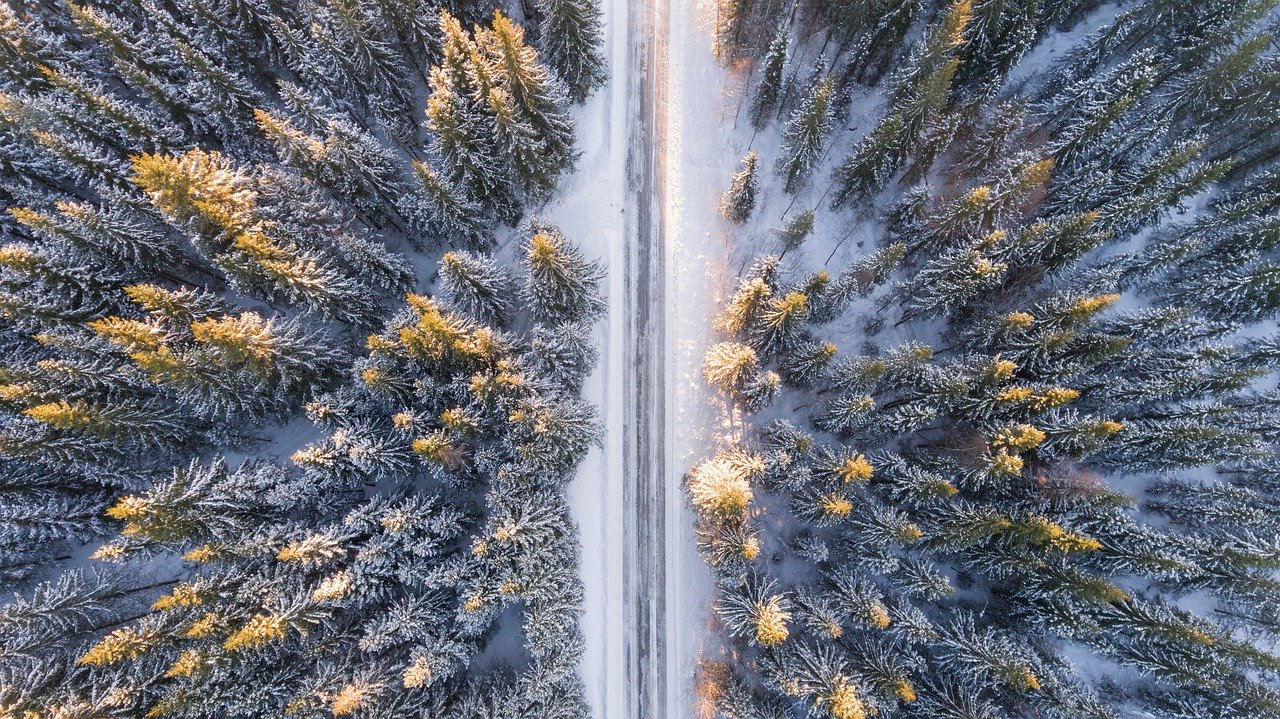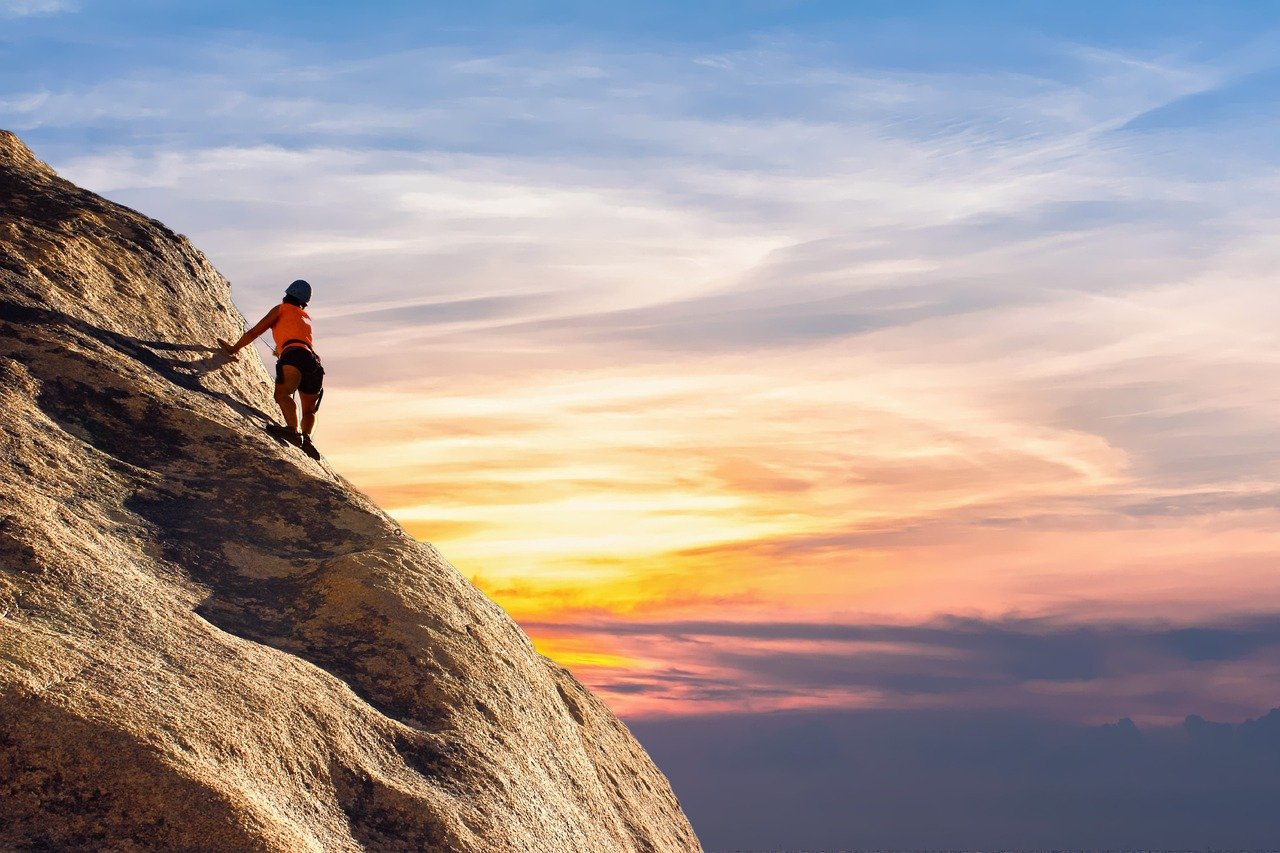Explore Nature on a Budget: Affordable Camping and Glamping Ideas for Your Next Trip
Looking for an adventurous getaway that won’t empty your wallet? Look no further than a low-cost camping or glamping trip. Whether you prefer the rustic charm of traditional camping or the comfort of glamorous camping, there are plenty of budget-friendly options to choose from. Embark on a thrilling outdoor experience, surrounded by nature’s beauty, and create lasting memories without breaking the bank. So pack your bags, pitch a tent, or snuggle up in a cozy cabin, and get ready for a wallet-friendly adventure like no other!
Choosing a Destination
Research different camping and glamping sites
When choosing a destination for your low-cost camping or glamping trip, it’s important to do thorough research on different sites available. Look for reputable camping or glamping sites that offer the amenities and facilities you desire. Check out their websites and read reviews from previous visitors to get a better understanding of what to expect. Look for sites that have positive feedback regarding their services, cleanliness, and overall experience.
Consider the location and accessibility
Consider the location of the camping or glamping site you are interested in. Think about how far you are willing to travel and the accessibility of the site. If you prefer a remote and secluded experience, look for sites that are nestled in nature, away from busy tourist areas. On the other hand, if you prefer proximity to attractions and amenities, opt for sites that are closer to towns or cities. Additionally, consider the accessibility of the site itself – ensure that it is easily reachable by road and does not require a long hike or trek.
Look for camping and glamping sites with affordable rates
One of the key factors in planning a low-cost camping or glamping trip is finding sites with affordable rates. Compare the prices of different sites and choose one that fits within your budget. Keep in mind that glamping sites tend to be more expensive than traditional camping sites. Consider opting for a more basic camping experience if you’re looking to save money. Additionally, keep an eye out for any promotions, deals, or discounts offered by the sites. You may be able to find special offers during off-peak seasons or midweek stays.
Camping and Glamping
Understand the differences between camping and glamping
Before making a decision, it’s important to understand the differences between camping and glamping. Camping usually involves setting up a tent and relying on basic equipment. It offers a more rugged and immersive experience in nature. On the other hand, glamping combines the beauty of the outdoors with luxurious amenities and comfortable accommodations. Glamping allows you to enjoy nature while still having access to modern conveniences.
Choose the option that suits your preferences and budget
When deciding between camping and glamping, consider your preferences and budget. If you enjoy a more minimalistic and adventurous experience, camping might be the perfect option for you. It allows you to fully disconnect from the hustle and bustle of daily life and immerse yourself in nature. On the other hand, if you prefer a more comfortable and convenient experience, glamping might be the better choice. Glamping accommodations often include comfortable beds, private bathrooms, and on-site dining options. Consider your budget and choose the option that best suits your needs and desires.

Essential Camping Gear
Tents and sleeping bags
When it comes to camping, having a reliable tent and sleeping bag is crucial. Look for a tent that is durable, waterproof, and spacious enough to accommodate you and your fellow campers. Consider the type of camping you’ll be doing – if you plan on backpacking, opt for a lightweight and compact tent. Along with a tent, invest in a high-quality sleeping bag that will keep you warm and comfortable during the night. Look for a sleeping bag that is suitable for the climate of your chosen destination.
Cooking equipment and utensils
Eating well while camping is not only essential for your energy levels but also adds to the overall experience. Invest in a portable stove or grill that is easy to use and clean. Look for camping cookware sets that include pots, pans, and utensils specifically designed for outdoor cooking. Additionally, pack basic kitchen supplies such as plates, bowls, and cutlery. Don’t forget to bring a cooler or icebox to keep your perishable food items fresh.
Lighting and portable power sources
Having sufficient lighting is crucial, especially during nighttime. Pack a combination of sources such as flashlights, lanterns, and headlamps. Look for lanterns that are lightweight, compact, and provide a bright light output. Additionally, consider bringing portable power sources such as power banks or solar chargers to ensure you can charge your electronic devices if needed.
First aid kit and emergency supplies
Safety should be a top priority during any camping or glamping trip. Pack a comprehensive first aid kit that includes essentials such as bandages, antiseptic ointment, pain relievers, and insect repellent. Familiarize yourself with basic first aid procedures and emergency protocols before your trip. Additionally, consider packing emergency supplies such as a whistle, waterproof matches, a multi-tool, and a map or compass.
Outdoor clothing and footwear
Having appropriate clothing and footwear can greatly enhance your camping or glamping experience. Pack clothing that is suitable for the weather conditions of your chosen destination. Layers are important to adapt to temperature changes throughout the day. Don’t forget essentials like rain jackets, hats, and sunglasses. For footwear, invest in sturdy hiking boots or comfortable walking shoes that provide good support and traction. Bring extra socks to keep your feet dry and comfortable.
Luxury Camping Amenities
Explore glamping amenities such as comfortable beds
If you opt for a glamping experience, you can enjoy luxurious amenities that enhance your comfort and relaxation. Look for glamping sites that offer comfortable beds, often with high-quality mattresses and cozy bedding. This ensures a good night’s sleep and a refreshed start to your day.
Consider sites with private bathroom facilities
One of the advantages of glamping is having access to private bathroom facilities. Look for glamping sites that provide en-suite bathrooms or private shower units. This allows you to maintain your privacy and convenience during your stay.
Look for options with on-site dining or kitchenettes
Glamping sites often offer on-site dining options or kitchenettes. This allows you to enjoy freshly cooked meals without the need to bring and prepare your own food. Consider the convenience of having meals provided or the opportunity to cook in a well-equipped kitchenette.

Planning a Budget
Set a realistic budget for your trip
Before embarking on your camping or glamping trip, it’s important to set a realistic budget. Consider factors such as accommodation, transport, meals, and any additional activities or attractions you plan on visiting. Allocate funds accordingly and try to stick to your budget throughout your trip.
Consider costs such as accommodation, transport, and meals
Take into account the costs associated with accommodation, transport, and meals when planning your budget. Camping sites typically have lower accommodation costs compared to glamping sites. Factor in the cost of renting camping gear or purchasing any necessary equipment. Additionally, consider transportation costs such as fuel or public transportation tickets. Finally, estimate the amount you’re willing to spend on meals, taking into consideration the option of packing your own food to save on dining expenses.
Look for discounts and deals
Keep an eye out for discounts and deals that can help reduce your overall trip expenses. Many camping and glamping sites offer special promotions during certain periods. Check their websites or social media pages for any ongoing deals. Additionally, consider joining camping or outdoor enthusiast groups for access to exclusive discounts or recommendations.
Pack your own food to save on dining expenses
If you’re looking to save money on dining expenses, consider packing your own food for the duration of your trip. Plan meals that are easy to prepare and require minimal refrigeration. Non-perishable items such as canned goods, dried fruits, and granola bars are great options. This allows you to have control over your food choices and eliminates the need to eat out for every meal.
Booking Accommodation
Compare different camping and glamping sites
When booking accommodation for your camping or glamping trip, take the time to compare different sites. Consider factors such as location, amenities, and past reviews. Look for sites that align with your preferences and offer a good value for your money. Websites and online travel agencies can help you easily compare options and make an informed decision.
Consider renting camping gear instead of buying
If you’re new to camping or don’t have all the necessary gear, consider renting equipment instead of buying. Many camping gear rental companies offer a wide range of items, from tents and sleeping bags to cooking equipment and lighting. Renting allows you to save money and reduces the need for storage space after your trip.
Book accommodation well in advance
To secure the best rates and availability, it is advisable to book your camping or glamping accommodation well in advance. Popular sites and peak seasons can quickly fill up, so make sure to plan and book early. This ensures you have a guaranteed spot at your chosen destination and can better plan your trip itinerary.
Read reviews and ratings before making a decision
Before making a final decision on your accommodation, take the time to read reviews and ratings from previous visitors. This provides valuable insights into the quality of facilities, services, and overall experiences. Look for sites with positive feedback and high ratings to maximize your chances of having a memorable and enjoyable trip.

Transportation Options
Calculate the distance and travel time to your chosen destination
When planning your low-cost camping or glamping trip, calculate the distance and travel time to your chosen destination. This helps you estimate transportation costs and allows for better planning of your itinerary. Consider using online maps or travel apps to calculate the most efficient routes and get an idea of the time it will take to reach your destination.
Consider renting a car or using public transportation
Depending on your location and preferences, you have different transportation options. Renting a car provides flexibility and convenience, allowing you to easily explore the surrounding areas. However, if you prefer a more eco-friendly and cost-effective option, consider using public transportation. Many camping and glamping sites are accessible by bus or train, and using public transportation can help reduce your carbon footprint.
Look for alternative transportation methods such as cycling or hiking
For a more adventurous and immersive experience, consider alternative transportation methods such as cycling or hiking. Some camping and glamping sites are located near scenic trails or biking routes, making it convenient to explore the surroundings. This not only reduces transportation costs but also allows you to fully appreciate the natural beauty of the area.
Meal Planning
Plan your meals in advance
To ensure a successful low-cost camping or glamping trip, plan your meals in advance. Create a menu for each day, considering the number of meals and snacks you’ll need. Take into account any special dietary requirements or restrictions. Planning your meals allows you to create a shopping list and ensure you have all the necessary ingredients packed before leaving.
Pack non-perishable food items
When packing food for your camping or glamping trip, prioritize non-perishable items. These are foods that do not require refrigeration and can be stored for extended periods. Examples include canned goods, dried fruits, peanut butter, nuts, and snacks. Non-perishable food items are convenient, lightweight, and reduce the risk of spoilage during your trip.
Consider cooking over a campfire or portable stove
Cooking over a campfire or portable stove is a classic and enjoyable part of camping. Prioritize meals that can be easily prepared using these methods. Pack essentials such as marshmallows and hot dogs for a traditional campfire experience. Additionally, bring pots, pans, and cooking utensils suitable for outdoor cooking. This allows you to save money on dining out and adds to the overall camping experience.
Bring reusable water bottles and containers to reduce waste
To minimize waste and stay hydrated during your trip, bring reusable water bottles and containers. This reduces the need for single-use plastic bottles and helps protect the environment. Make sure to find out if there are water sources at your chosen camping or glamping site to refill your bottles. Consider packing additional containers for storing leftovers or carrying snacks during hikes or day trips.

Activities and Entertainment
Research nearby attractions and activities
To make the most of your low-cost camping or glamping trip, research nearby attractions and activities in advance. Look for hiking trails, nature reserves, or lakes where you can enjoy outdoor activities. Many camping or glamping sites offer activities such as kayaking, fishing, or guided tours. Research local websites, travel forums, or ask for recommendations from fellow campers to find hidden gems and unique experiences.
Take advantage of nature trails and hiking routes
Nature trails and hiking routes are often easily accessible from camping or glamping sites. Take advantage of these opportunities to immerse yourself in nature and explore the surrounding landscapes. Plan hikes of various difficulty levels, ensuring they align with your fitness capabilities and time constraints. Bring appropriate footwear, water, and a trail map to ensure a safe and enjoyable hiking experience.
Bring books, games, or musical instruments for entertainment
When spending time at your campsite, it’s important to have entertainment options beyond the natural surroundings. Bring along books, magazines, or e-readers to enjoy during quiet moments. Pack cards, board games, or outdoor games like frisbee or bocce ball for group entertainment. If you play a musical instrument, consider bringing it along to enjoy impromptu jam sessions around the campfire.
Explore the local culture and participate in community events
Take the opportunity to explore the local culture and participate in community events during your low-cost camping or glamping trip. Research local festivals, markets, or cultural events happening in the area you’ll be visiting. Engage with local residents, try regional cuisines, and learn about the traditions and customs of the place you’re staying. This not only enriches your experience but also supports the local economy and community.
Safety Considerations
Pack necessary safety equipment
Ensuring your safety during a camping or glamping trip is essential. Pack necessary safety equipment such as a well-stocked first aid kit, emergency blankets, and a fire extinguisher. Familiarize yourself with basic first aid procedures and emergency protocols. Additionally, bring items like a whistle, a flashlight, and a multi-tool for various emergency situations. Prioritize safety and be prepared for any unforeseen circumstances.
Inform someone about your camping or glamping location
Before you embark on your low-cost camping or glamping trip, make sure to inform someone about your destination and expected duration of your stay. Provide them with the contact details of the camping or glamping site, as well as your expected arrival and departure dates. This ensures that someone knows where you are in case of any emergencies or if they need to reach you.
Research local wildlife and follow safety guidelines
Different camping and glamping destinations may have unique wildlife that you should be aware of. Research the local wildlife and understand any potential risks or safety guidelines. This includes knowing how to safely store food away from animals, recognizing poisonous plants, and understanding how to behave around wild animals. Respect their habitats and follow any guidelines provided by the camping or glamping site to ensure your safety and the preservation of the environment.
By following these tips and guidelines, you can plan a comprehensive low-cost camping or glamping trip that suits your preferences and budget. Whether you choose to immerse yourself in the simplicity of camping or indulge in the luxuries of glamping, the key is to prioritize your comfort, safety, and the opportunity to reconnect with nature. So pack your gear, plan your meals, and prepare for a memorable outdoor adventure!

